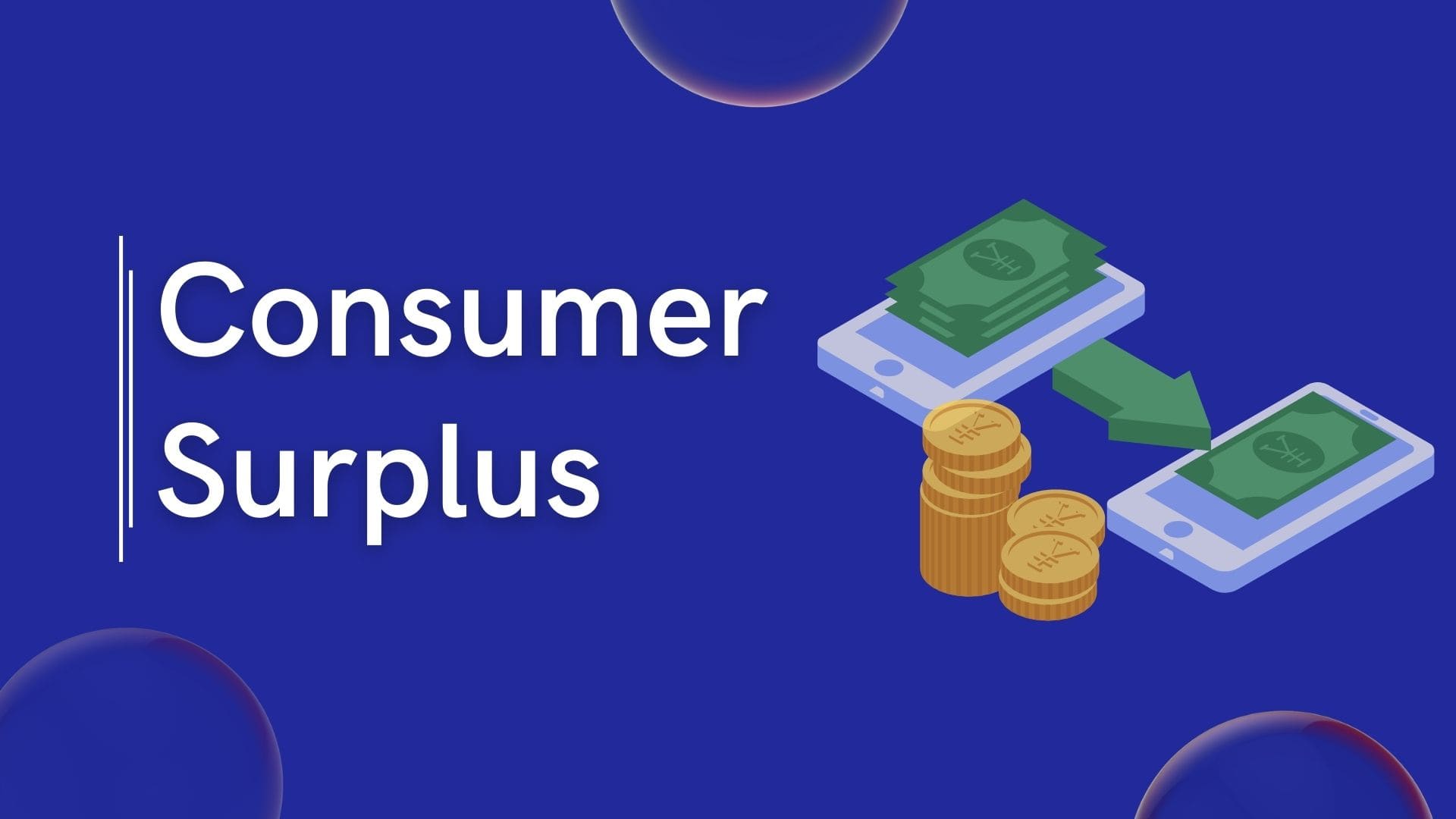Consumer surplus, also known as buyer’s surplus, measures the economic benefit of a certain product’s price to consumers. It occurs when consumers pay less for a product than the maximum price they are willing to pay. Consumer surplus increases as the price of the product fall and decreases as the price rises.
Consumer’s Surplus = The price a consumer is ready to pay – The price he actually pays

Consumer surplus is based on the economic theory of marginal utility, which is the additional satisfaction consumers get from a greater amount of the product or service. This satisfaction depends on personal preference.
History of Consumer Surplus
The concept of consumer surplus arose in the mid-nineteenth century. It is useful when measuring the social benefit of public utilities, such as roads, water, highways, etc. When it first arose, it was a tool for the government to measure welfare economics, calculate taxes, and develop regulations.
Consumer surplus is based on the theory of marginal utility. Marginal utility is the additional satisfaction that the user gets from buying more units of goods or services.
However, the more units of a product a buyer buys, the less willing they are to pay more for each additional unit due to the diminishing marginal utility derived from the product.
Example of Consumer Surplus
Let’s say the product costs 100 USD, and the business sells it at 125 USD. However, the consumer is ready to buy this product for 200 USD. In this case, the consumer surplus is 75 USD.
Airline industries use this concept to sell tickets during high-demand periods. For example, the traveler is willing to pay more on weekends or vacations, so airlines increase prices during this duration and earn more profit.
Summary
Consumer surplus is the customer’s willingness to pay a higher than the market price. It is based on the economic theory of marginal utility, which is the additional satisfaction a person derives from one or more units of the product or service.
Consumer surplus is a good tool to measure the value of a product or service, and governments use this tool to formulate tax policies.
